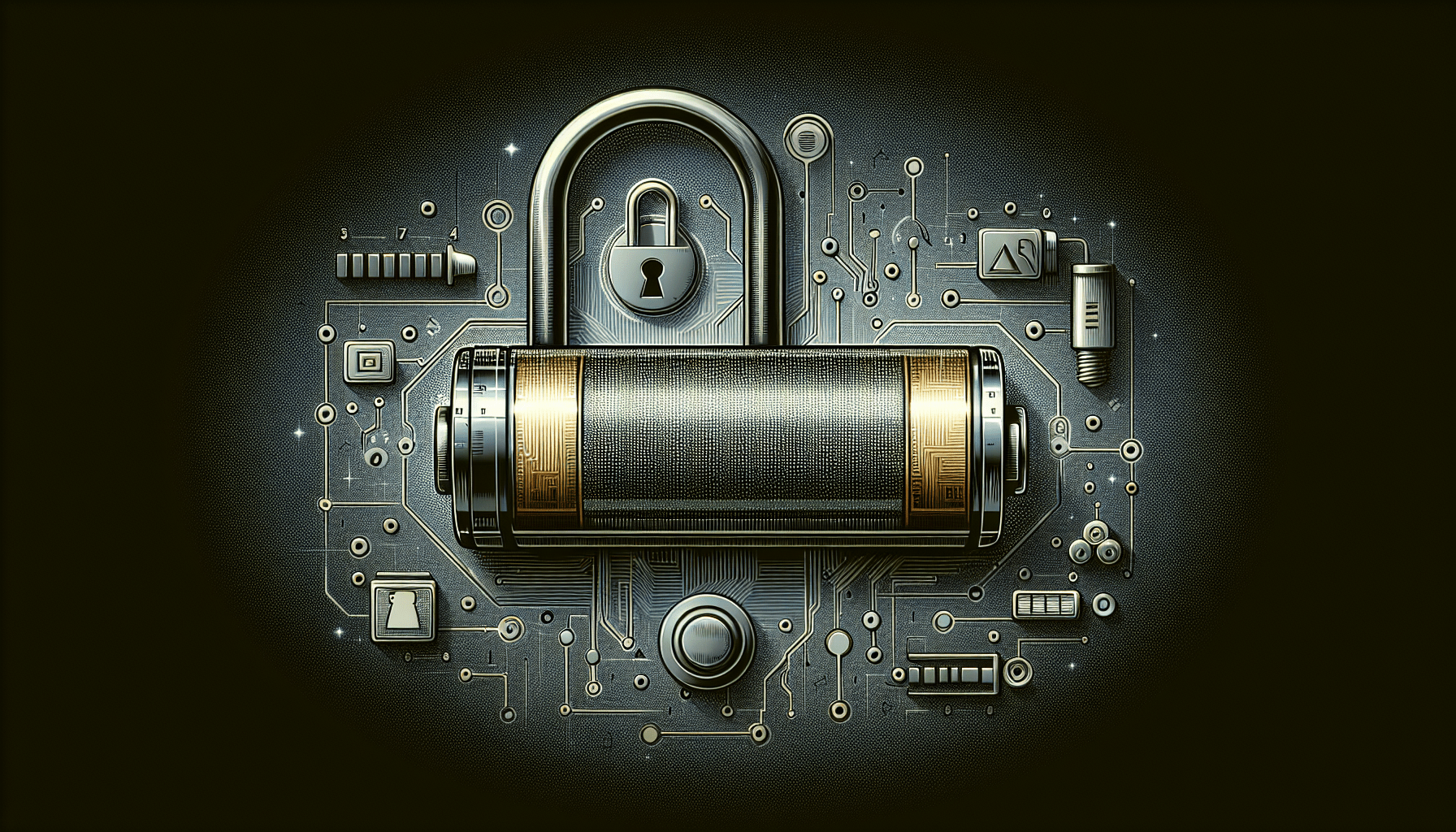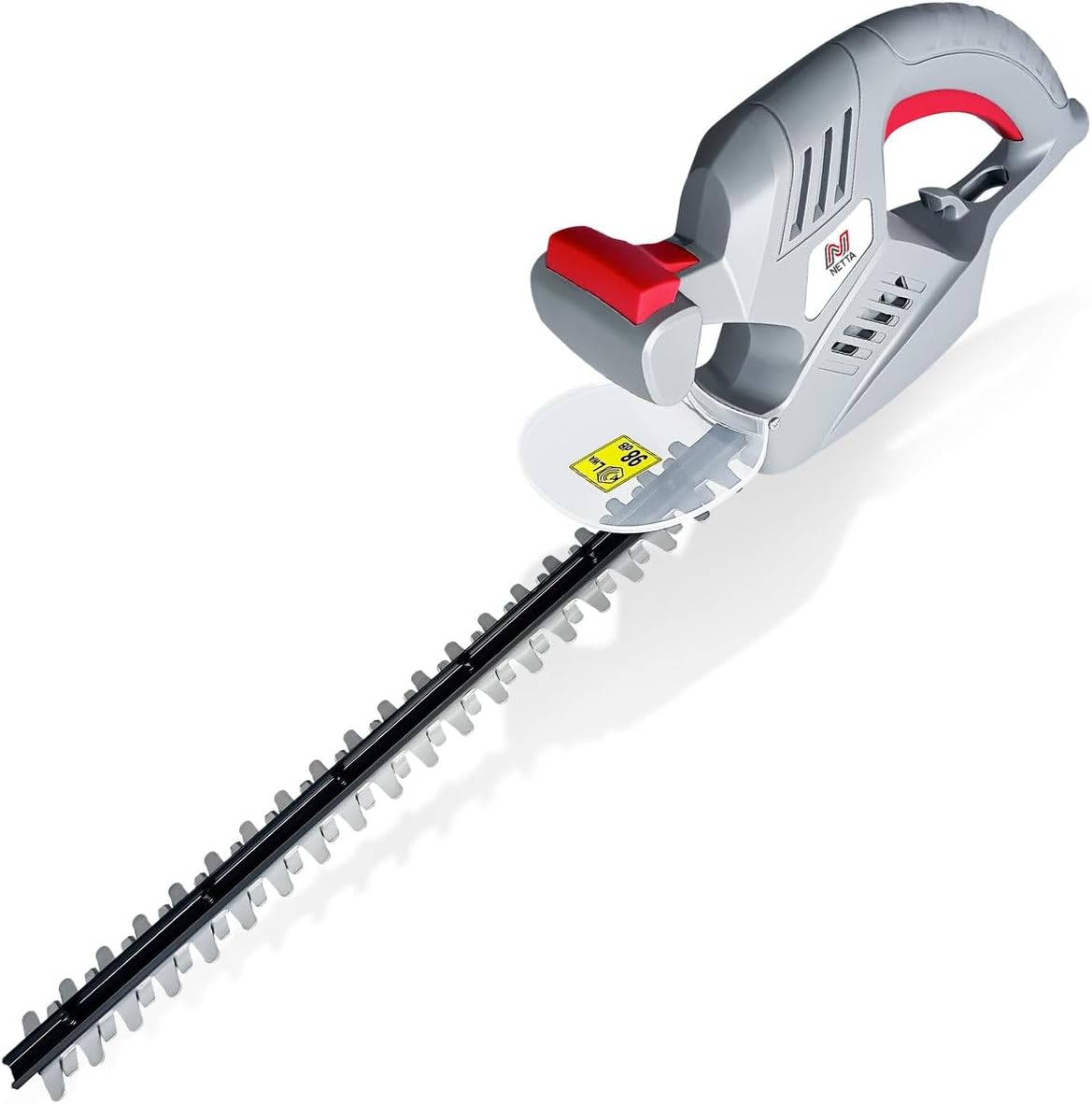
Imagine this scenario: you’re coming back home after a long day at work and you reach for your trusty smart lock, only to find out that its battery has completely died. Panic may start to settle in as you try to figure out how to access your own house. But fear not, because in this article we’ll explore the simple and practical steps you can take when faced with the situation of a smart lock running out of battery. From alternative entry methods to preventing future battery mishaps, we’ve got you covered.
Checking the Battery Level
Understanding the battery indicator
When your smart lock is running on battery power, it is important to regularly check the battery level to ensure that it does not run out of juice unexpectedly. Most smart locks have a battery indicator that provides information about the current battery level. This indicator can be located on the smart lock itself or in the smart lock app. By understanding how to interpret the battery indicator, you can stay aware of your smart lock’s power status.
Using the smart lock app to check battery level
One of the easiest ways to check the battery level of your smart lock is by using the smart lock app. Simply open the app on your smartphone or tablet and navigate to the battery section. Here, you will be able to see the exact battery percentage remaining. This allows you to proactively plan when you need to replace the battery and avoid any inconveniences of running out of power.
Finding battery level on the smart lock device
If your smart lock does not have a companion app or you prefer to check the battery level directly on the device, you can usually do so by accessing the battery compartment. On most smart locks, there is a small LED indicator or a digital display that shows the battery level. Simply open the battery compartment according to the manufacturer’s instructions and check the display. This method provides a quick and easy way to determine the battery level without relying on a smartphone app.
Replacing the Battery
Identifying the type of battery required
Before replacing the battery in your smart lock, it is essential to identify the type of battery required. Different smart lock models may have specific battery requirements, such as a certain voltage or size. Refer to the smart lock’s manual or the manufacturer’s website to determine the correct battery type for your device.
Obtaining a new battery
Once you have determined the type of battery required, you can obtain a new battery. Visit your local hardware store or electronics retailer to purchase the correct battery for your smart lock. Alternatively, you can order a replacement battery online, ensuring that it meets the necessary specifications.
Opening the smart lock compartment
To replace the battery, you will need to open the smart lock compartment. This can usually be done by removing a cover or sliding a panel, depending on the design of your smart lock. Consult the smart lock’s manual or look for any visible instructions on the lock itself.
Removing the old battery
With the smart lock compartment open, carefully remove the old battery. Most smart locks use easily removable batteries, such as AA or AAA. Follow the manufacturer’s instructions to safely remove the old battery, ensuring you handle it properly to avoid any risk of injury or damage.
Inserting the new battery
Once the old battery has been removed, insert the new battery into the smart lock. Ensure the battery is inserted correctly, following the indicated polarity markings for positive (+) and negative (-) terminals. A proper fit will ensure optimal performance of your smart lock.
Closing the smart lock compartment
After inserting the new battery, close the smart lock compartment securely. Ensure that it is properly sealed to protect the battery and maintain the integrity of the locking mechanism. Double-check that the cover or panel is correctly aligned and locked in place, preventing any potential damage from moisture or other external factors.
Using an Emergency Power Source
Using an external battery pack
In the event that your smart lock’s battery is completely drained, you can temporarily power it using an external battery pack. Connect the battery pack to the smart lock using a compatible charging cable. Ensure that the battery pack has enough charge to power up the smart lock until a new battery can be installed.
Using a USB cable and power bank
If you don’t have an external battery pack, you can use a USB cable and a power bank as an emergency power source. Connect the USB cable to the smart lock and the other end to the power bank. As long as the power bank has enough charge, it will provide power to the smart lock, allowing you to keep using it until you can replace the battery.
Using a physical key override
Some smart locks have a physical key override option, allowing you to unlock the door manually when there is a power failure or battery depletion. Familiarize yourself with this feature before an emergency situation arises. Keep the physical key in a safe and easily accessible location so that you can use it when needed.
Enabling Low Battery Notifications
Configuring the smart lock app
To enable low battery notifications, open the smart lock app and navigate to the settings or preferences section. Look for the battery notifications option and toggle it on. Depending on the app and smart lock model, you may have additional customization options, such as setting the battery level at which the notifications are triggered.
Setting up email or text notifications
Some smart lock apps allow you to receive low battery notifications through email or text messages. To set up these notifications, enter your email address or phone number in the designated fields within the app’s settings or preferences. Make sure to save the changes. This way, you will receive alerts even if you are not actively using the app.
Receiving alerts when battery is low
Once the low battery notifications are enabled and appropriately configured, you will receive alerts when the battery level of your smart lock drops below the specified threshold. These notifications will serve as reminders to replace the battery before it completely runs out of power. Regularly check your email or text messages for these alerts to stay informed about your smart lock’s battery status.
Resetting the Smart Lock
Consulting the smart lock manual
If you encounter issues with your smart lock or need to reset it, the first step is to consult the smart lock manual. The manual provides specific instructions tailored to your smart lock model. It will guide you through the reset process and any necessary precautions. Take the time to read and understand the instructions before proceeding.
Performing a factory reset
To perform a factory reset on your smart lock, locate the reset button or combination of buttons specified in the manual. Press and hold the reset button for the specified duration or follow the exact button sequence, as outlined in the instructions. This will restore the smart lock to its original factory settings, erasing any stored data or configurations.
Reconfiguring the smart lock
After completing the factory reset, you will need to reconfigure your smart lock. This typically involves setting up a new access code, adjusting preferences, and re-connecting the lock to your smartphone or other authorized devices. Follow the manufacturer’s instructions to ensure that your smart lock is properly configured and ready for use once again.
Temporary Power Sources
Using an AC adapter
If your smart lock is equipped with a built-in power port, you can temporarily power it using an AC adapter. By plugging the adapter into a nearby electrical outlet and connecting it to the power port on the smart lock, you can continue to use the lock until the battery issue is resolved. This ensures an uninterrupted operation without relying solely on battery power.
Connecting a portable generator
In situations where there is a prolonged power outage, you can consider connecting your smart lock to a portable generator. Ensure that the generator has enough capacity to power both the lock and any other essential devices during the outage. Follow the necessary safety precautions and connect the generator according to the manufacturer’s instructions.
Utilizing a power inverter and car battery
Another temporary power source option is utilizing a power inverter and a car battery. Connect the inverter to the car battery and plug the smart lock into the inverter. This will convert the DC power from the car battery into AC power to run the lock. Keep in mind that this option is primarily suitable for short-term use during emergencies and may not be feasible for extended periods.
Seeking Professional Assistance
Contacting the smart lock manufacturer
If you encounter persistent issues with your smart lock or are unsure how to resolve a particular problem, consider contacting the smart lock manufacturer’s customer support. They have the expertise and knowledge to guide you through troubleshooting steps and provide specific solutions related to your smart lock model.
Reaching out to an authorized technician
For complex technical issues or when the manufacturer’s support is unable to resolve the problem remotely, it may be necessary to engage the services of an authorized technician. These professionals are trained to handle smart lock installations, repairs, and maintenance. Seek recommendations from the manufacturer or reputable locksmiths to find a qualified technician.
Requesting support or maintenance services
If you prefer not to troubleshoot or perform maintenance tasks yourself, you can request support or maintenance services from the smart lock manufacturer or authorized service providers. They can assist with battery replacement, system updates, and any other maintenance needs. Reach out to them for further guidance and to address any concerns you may have with your smart lock.
Preventive Measures
Regularly checking and replacing batteries
To prevent the inconvenience of a smart lock running out of battery, make it a habit to regularly check the battery level. Set reminders in your calendar or utilize the low battery notifications discussed earlier. By staying proactive and replacing the batteries when needed, you can ensure that your smart lock remains fully functional at all times.
Using battery backup systems
Consider using battery backup systems, such as an uninterruptible power supply (UPS) or battery-powered locking mechanisms. These systems provide additional power to your smart lock in the event of a power outage or battery failure. They act as a secondary power source, ensuring that your lock remains operational even when the primary power supply is compromised.
Maintaining a spare key or backup method
Regardless of the battery status of your smart lock, it is always a good idea to maintain a spare physical key or backup method of entry. This way, you have a fail-safe option in emergencies or situations where the smart lock cannot be powered. Store the spare key in a secure location, ensuring easy access when needed.
Keeping a physical key accessible
In addition to having a spare physical key, ensure that it is easily accessible. Avoid situations where the key is locked inside your home or misplaced. Consider using a key hider or giving a trusted person a spare key in case of lockouts or battery-related emergencies. Having a physical key readily available offers peace of mind and convenience when encountering unexpected situations.
Tips for Extending Battery Life
Adjusting auto-lock settings
Depending on your smart lock’s features, adjusting the auto-lock settings can help extend the battery life. Configure the lock to engage the auto-lock feature after a longer duration or disable it completely if not needed. By reducing unnecessary lock operations, you can preserve battery power and enhance the longevity of each battery cycle.
Disabling unnecessary features
Evaluate and disable any unnecessary features or functionalities of your smart lock. For example, if your lock has a built-in Wi-Fi connection or Bluetooth capability that you rarely use, consider turning them off. These features can consume additional power, potentially draining the battery faster. Disabling unused features can help optimize your smart lock’s power usage.
Using low-power mode when away
When you plan to be away from home for an extended period, switch your smart lock to low-power mode if available. This setting conserves battery power by reducing the lock’s functionality or decreasing the frequency of communication with connected devices. It is a practical way to ensure that the battery lasts longer without compromising the security provided by your smart lock.
Optimizing smart lock settings
Take advantage of any power optimization settings available on your smart lock. These settings vary depending on the manufacturer and model but may include options to adjust power usage during specific times or based on user-defined preferences. By optimizing the lock’s settings, you can maximize battery life and minimize the need for frequent replacements.
Understanding Potential Risks
Security concerns during battery failure
When your smart lock runs out of battery, there may be temporary concerns regarding security. Without power, the lock may not function as intended, potentially compromising the security of your home or premises. Address this risk by regularly maintaining your lock’s batteries, utilizing backup power sources, and having alternative access methods in place to mitigate any vulnerabilities that may arise.
Temporary vulnerabilities without power
In the event of a power outage or battery failure, your smart lock may be temporarily vulnerable. Without a power source, you may have difficulties unlocking or accessing your property. Additionally, any connected devices or automation features may not function during this time. It is crucial to have contingency plans, spare physical keys, or backup power options to alleviate these vulnerabilities until the power is restored or the battery is replaced.
Addressing risks and taking precautions
To minimize the risks associated with power-related failures, address the potential vulnerabilities by implementing the preventive measures discussed earlier. Regularly check and replace batteries, utilize battery backup systems, and ensure the availability of physical keys or alternative access methods. By taking these precautions, you can maintain the security and functionality of your smart lock, even in the face of power-related challenges.
In conclusion, understanding how to check the battery level, replace the battery, utilize emergency power sources, enable low battery notifications, perform a reset, and implement preventive measures ensures a seamless experience with your smart lock. By following the provided guidance and taking the necessary precautions, you can avoid inconveniences, address potential risks, and maximize the longevity of your smart lock’s batteries.
Read The Ultimate Guide to Choosing the Best Batteries for Smart Locks












